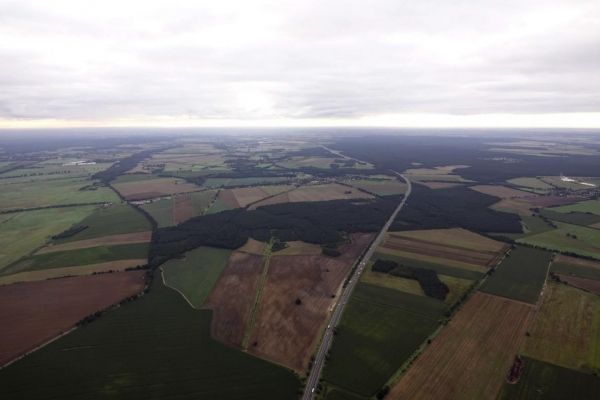According to researchers at Aalto University, Finland, large-scale weather cycles, such as the one related to the El Niño phenomenon, affect two-thirds of the world’s cropland. In these so called climate oscillations, air pressure, sea level temperature or other similar factors fluctuate regularly in areas far apart in a way that causes rain and temperature patterns to shift significantly.
‘During recent years, researchers’ ability to predict these oscillations has improved significantly. With this research, we highlight the potential of utilizing this improved forecasting skill in agricultural planning. This could improve the resilience of agriculture to climate related shocks, which can improve food security in many areas across the globe’, says Matias Heino, a doctoral candidate at Aalto University.
The study, published in Nature Communications, is the first global study which examines the impacts of the El Niño-Southern Oscillation as well as the similar North Atlantic Oscillation, and the Indian Ocean Dipole, on global food crop production.
These climate oscillations can be divided into different episodes depending on their phase. It is already known that El Niño and its opposite phase, La Niña, have a clear effect on corn, soy, rice, and wheat yields in many areas across South Asia, Latin America and southern Africa.
Read more at Aalto University
Image: Weather phenomena such as El Niño affect up to two-thirds of the world's harvests. In photo farmers' fields in Kremmen north-west of Berlin, Germany. (Credit: Sebastian Röder)


